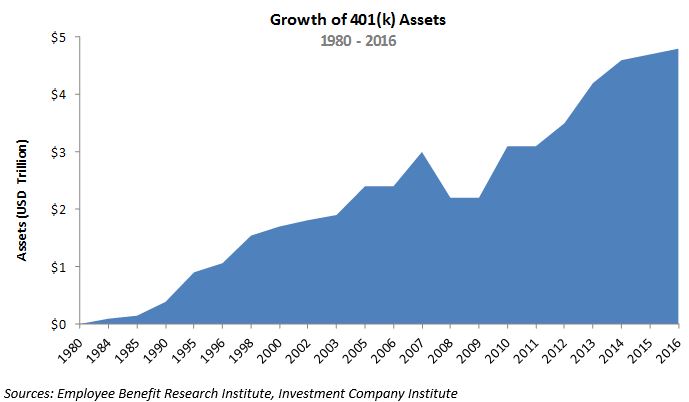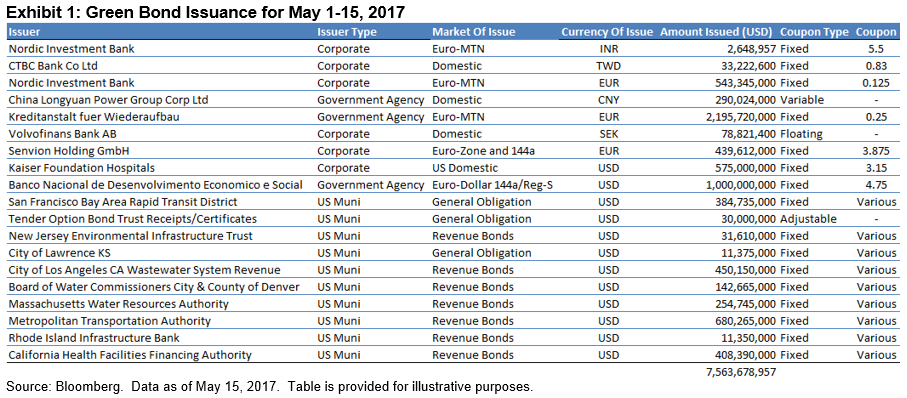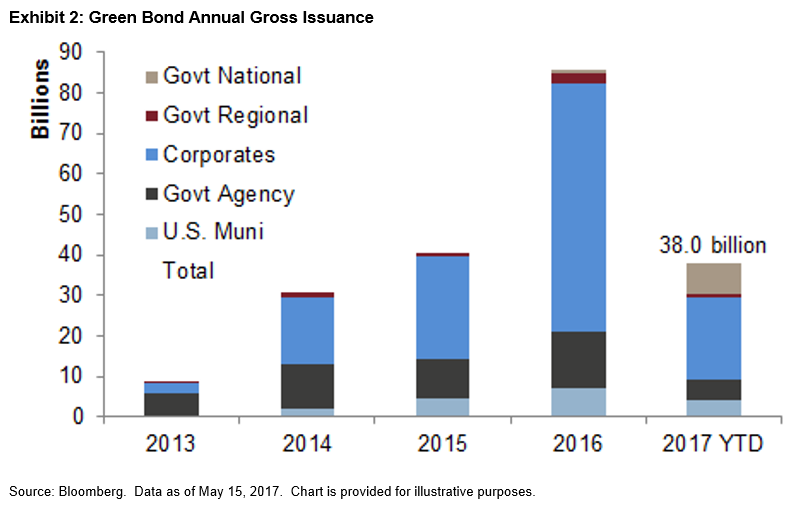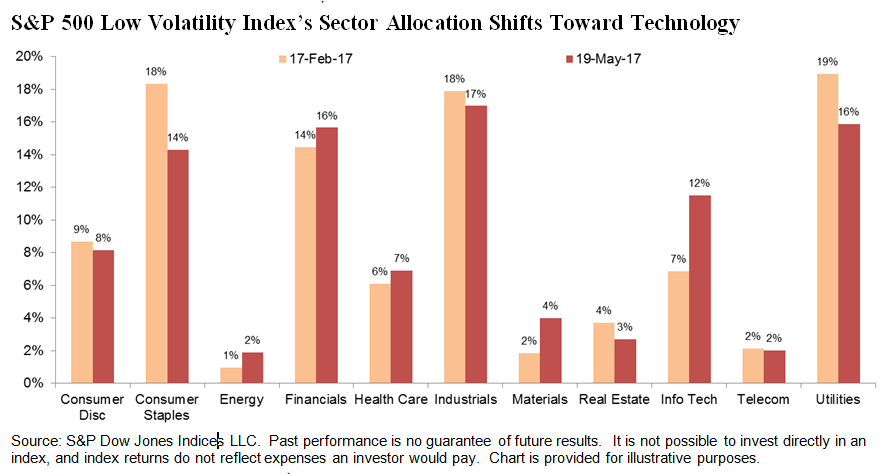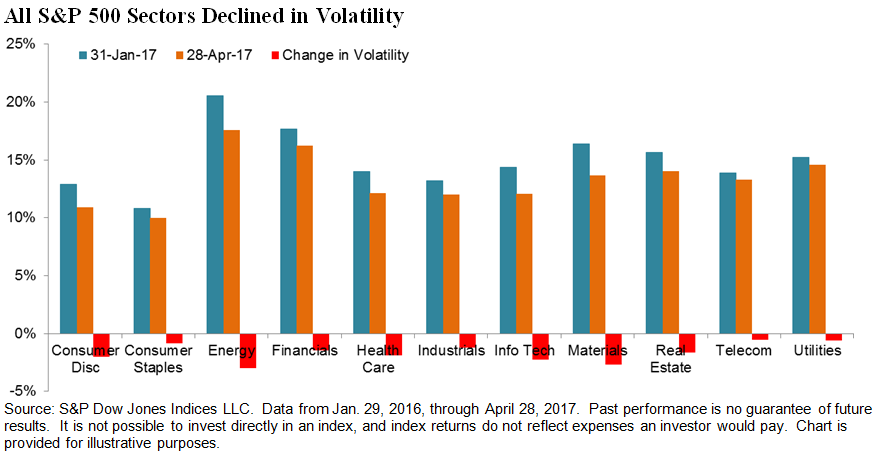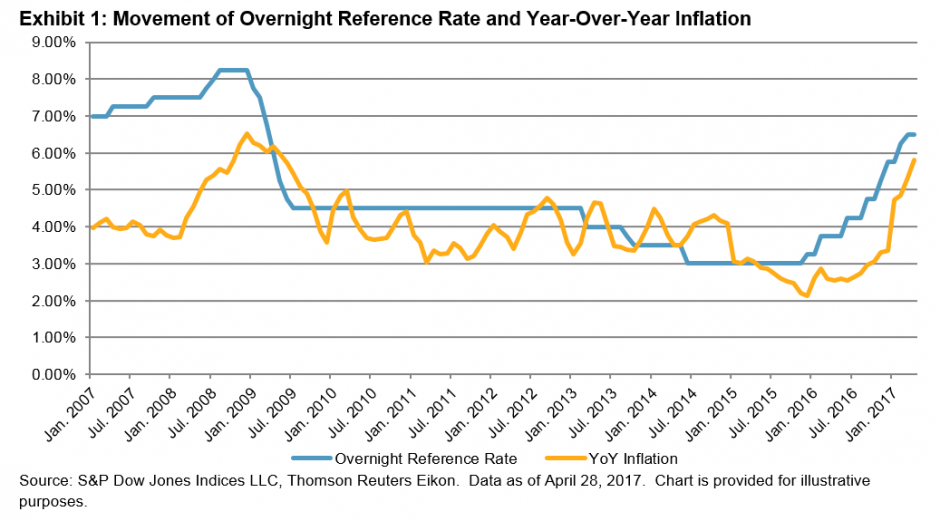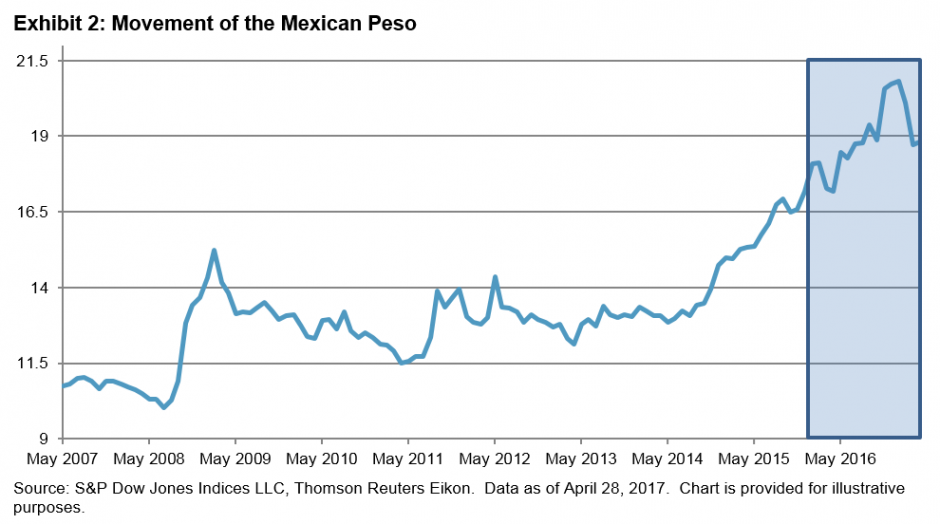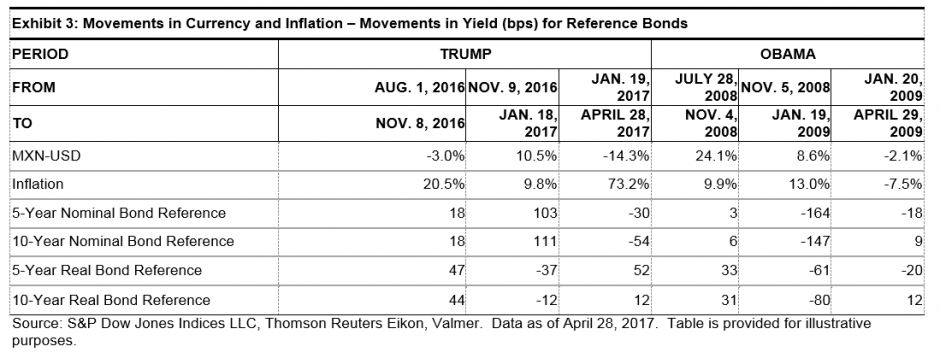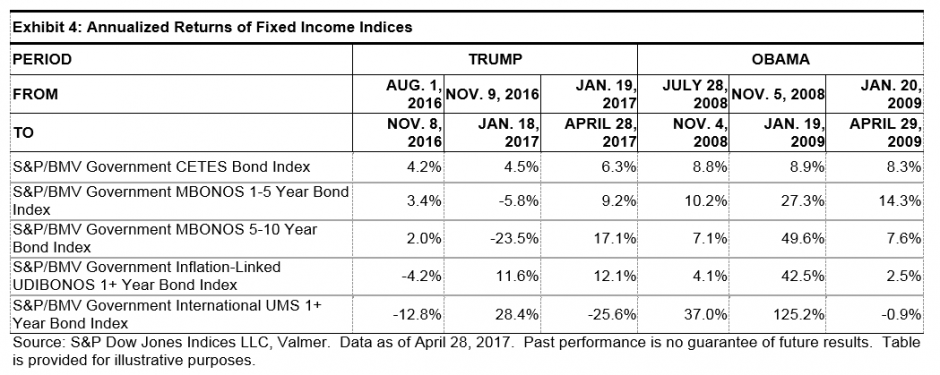There have been a myriad of articles with headlines and content about rising rates, the coming evisceration and other zombie apocalypse events in the bond markets. There can be no doubt that yields for fixed income asset classes are low and there is also no doubt that rates will eventually be higher. How, when and what that will look like is a total unknown. Meanwhile, the bond yield world is flat. Bond yields have been flat in 2017 and have lots of reasons why they could remain in a range for the near term. A Rieger Report on December 30, 2016 outlined a number of those factors, many of which still exist today.
Graph 1) Yields of select asset class indices for the period of January 2 through May 23, 2017:

What could hold yields down for longer?
- Uncertainty and the risk-off trade: including Trump, Russia, Syria, China, Brazil, energy, Terrorism/ISIS, Brexit, EU, Inflation/lack of inflation to name a few
- Low/zero/negative yield environment in Europe and Japan (search for yield)
- Strong U.S. Dollar
- New issue supply of investment grade municipal bonds off the pace set in 2016
- New issue supply of investment grade U.S. corporate bonds is also off pace for the last three month period vs same period as last year
The value proposition for bonds also remains: predictable income, lower volatility than equities and commodities and continue to be diversifying asset classes.
Eventually rates will rise, the shape of the curve will change and prices will fall and yields will become attractive. Until then the yield world is flat.
The posts on this blog are opinions, not advice. Please read our Disclaimers.



